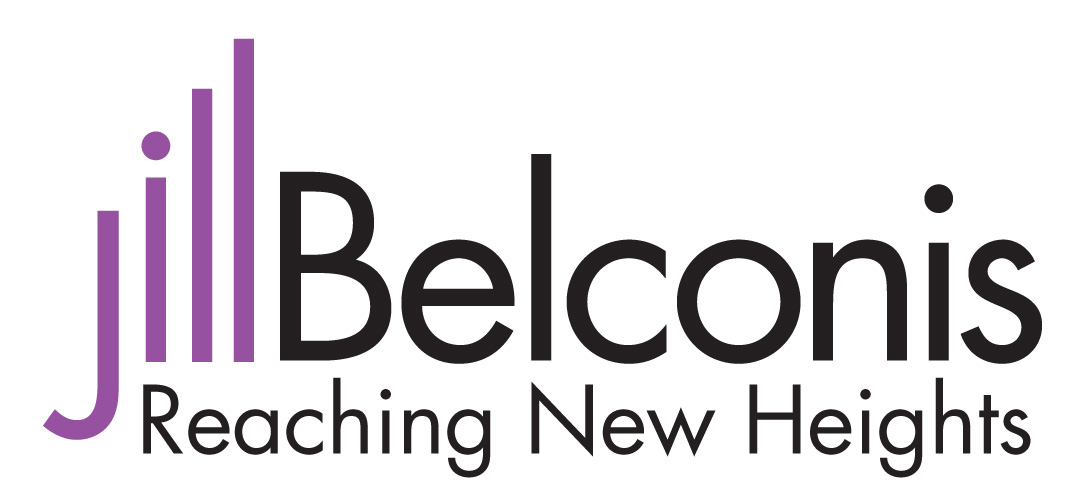Most leaders agree that the customer experience (CX) can be the difference between a vibrant, growing business and one on the decline or stagnant. The strongest companies regularly monitor their CX and constantly look for areas to improve.
But how many companies put the same focus on the employee experience (EX)?
Recent studies have drawn a direct two-way correlation between CX and EX. When a customer is satisfied, employees tend to be happier. And when an employee is happy and feels respected, a customer becomes more loyal and engaged with the brand.
Starbucks is a perfect example. Starbucks treats its employees well – you can feel it the moment you step into a store and this leads to a great customer experience.
Two of the Rockefeller Habits from the best selling book SCALING UP specifically address the importance of gathering input from both employees and customers. When done together, it will provide keen insights to set the path for exponential growth. The key is having the right systems in place to track both CX and EX.
First, let’s take a look at Rockefeller Habit #5.
Ongoing employee input is collected to identify obstacles and opportunities.
It’s important that leaders have systems in place to regularly seek feedback from team members. Consider having a “Start/Stop/Keep” conversation with a different employee each week. Report back on the conversations during your executive meetings, identifying obstacles and opportunities that can be acted upon.
The Employee Net Promoter Scores (ENPS) is a great metric to gauge satisfaction with the employment experience. “On a scale of 0-10, how likely is it that you would recommend our company as a place to work?” Or the Happiness ENPS: “Based on your experience in the past 90 days at our company, how happy are you at work?”
Rockefeller Habit #6 seeks input from your customers.
Reporting and analysis of customer feedback data is as frequent and accurate as financial data.
Actively seeking out, analyzing and acting on customer feedback ensure you are on the right path and drives loyalty and growth. All employees should be involved in collecting customer data on an ongoing basis. Insights from these customer conversations should be shared at weekly executive team meetings.
The customer NPS is a metric to monitor the customer experience. “On a scale of 0-10, how likely is it that you would recommend our products and/or services to a friend or colleague?”
Continual feedback and improvements to both the customer and employee experiences will pay off for the entire company and its stakeholders. Team members become more productive, engaged and loyal. Customers respond with a greater affinity for the brand, which leads to increased sales. All of this adds up to creating a company ripe for scaling its growth.


